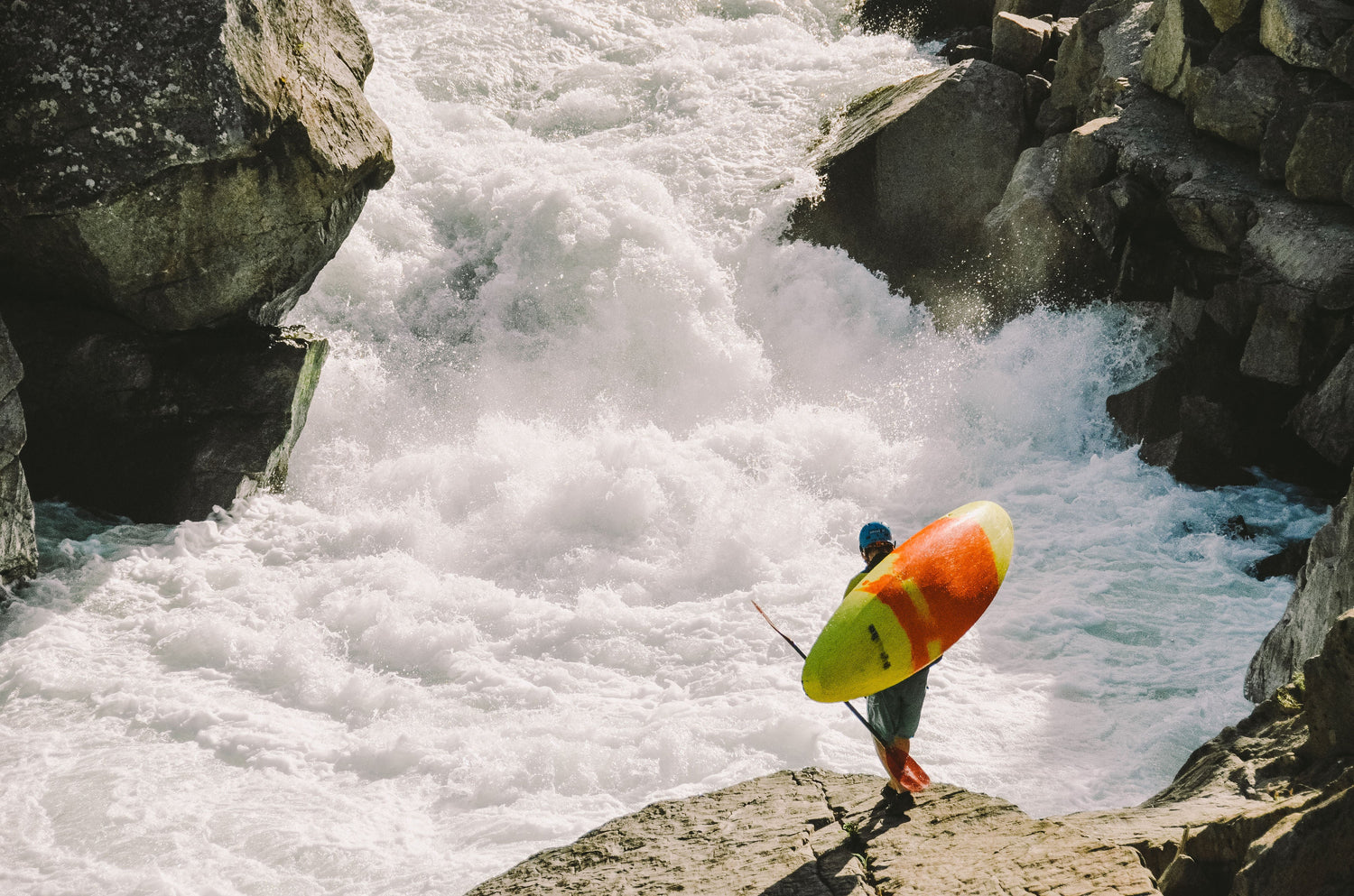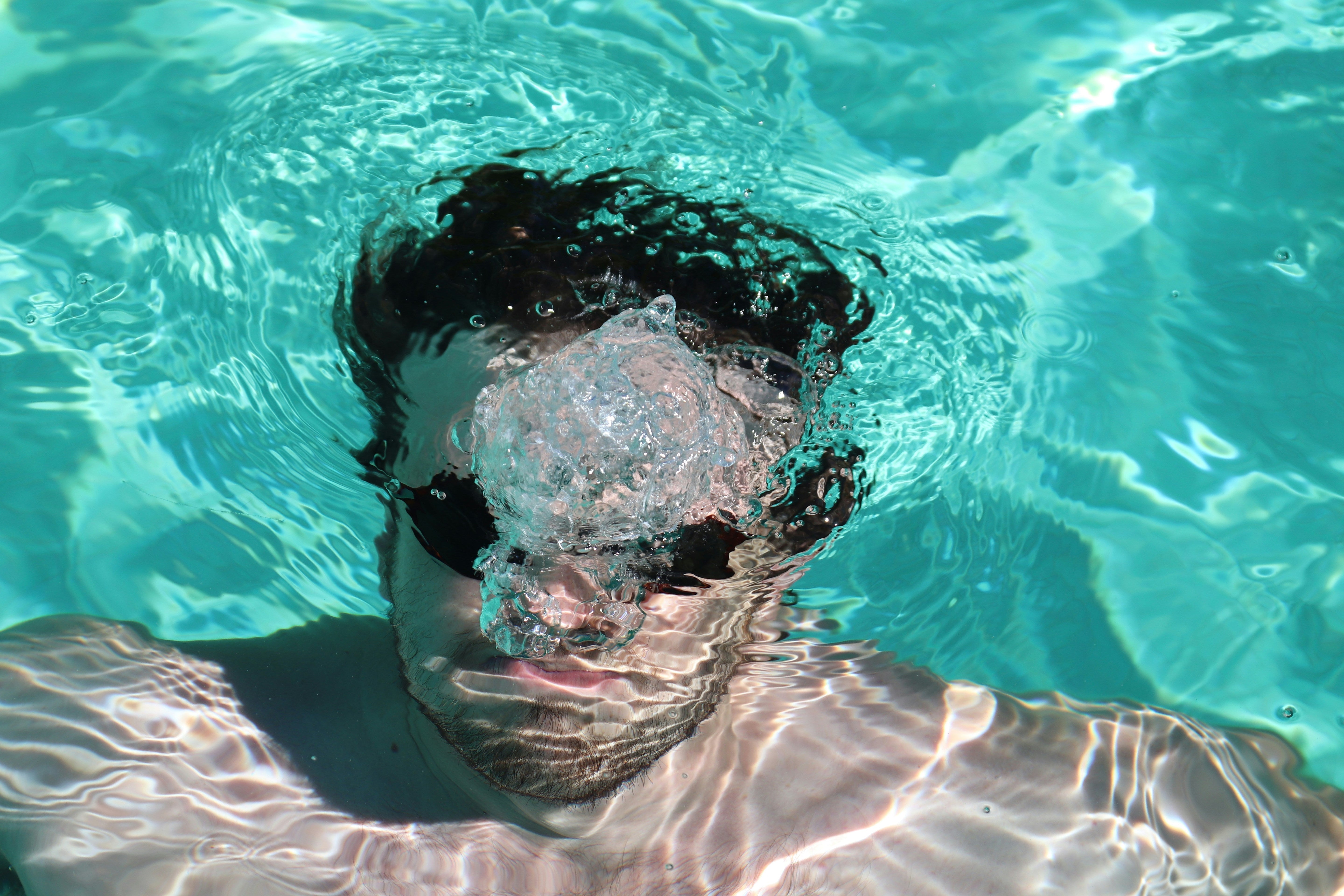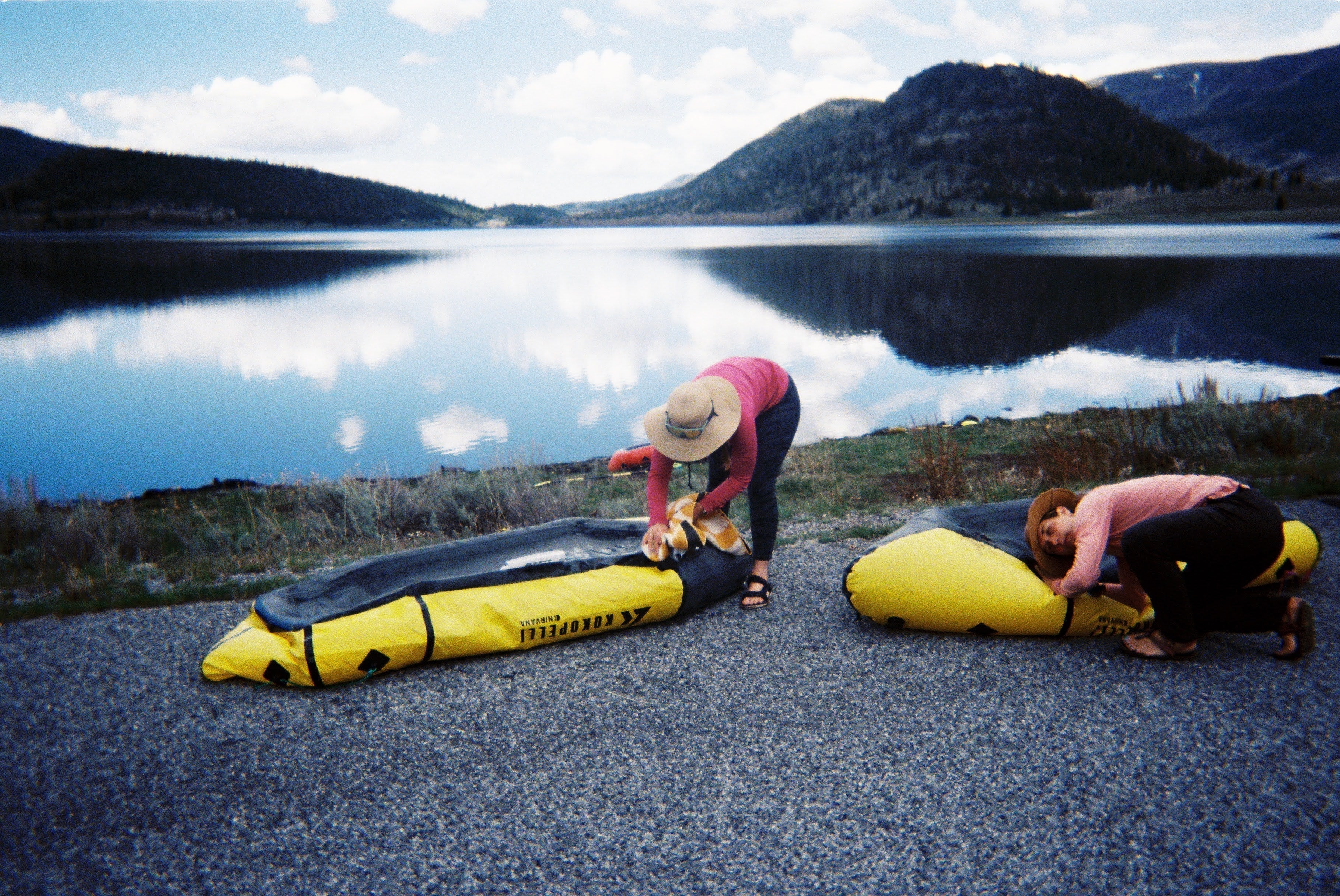How does UV Protectant work?
Materials like Hypalon, PVC, fiberglass, roto-molded plastic, and other materials are damaged, bleached and ultimately destroyed through use and by sun exposure. Revivex UV Protectant protects and rejuvenates surfaces, reducing cracking, helping to block sun damage and restoring the good lucks of your kayak, life jacket, tent, and more. Here are the instructions for use:
INSTRUCTIONS 
1. Make sure to test before use on a small patch.
2. Clean the surface of item.
3. Shake contents of bottle.
4. Apply protectant with a non-abrasive damp cloth, turning cloth often.
5. Re-apply UV Protectant as needed.
Do not freeze bottle. UV Protectant will also act as a cleaner on non-porous surfaces. It cannot be used on cotton or glass surfaces.
Please note: UV Protectant may darken leather.
Why do materials degrade, and why should you use a UV protectant?
Synthetics such as vinyl, Hypalon®, neoprene, fiberglass, plastics and nylon all degrade over time, but this degradation can be dramatically slowed. All of these materials have special oils inherent in their materials called plasticizers. Latex products have their own set of similar oils. These “plasticizing” oils are an essential structural component of the material. Over time, plasticizers migrate to the surface of the material and evaporate; this is called “outgassing.”
As these plasticizers are lost, the material degrades and it becomes brittle, developing cracks and losing elasticity. Often colors will fade, yellow or become chalky. These are signs that the useable life of the product is being shortened. Latex products, such as dry suit seals, degrade in a similar manner.
UV light from the sun rapidly accelerates this process and also causes colors to fade. Summer heat is also a factor. This physical damage is unsightly and results in premature and expensive product replacement. We experience this degradation in many products including diving suits and gear, river rafts, inflatable boats and towables, float tubes, kayak skirts, PFD’s, pool and boat covers, automobile dashboards, convertible tops, fiberglass and plastic boats and canoes.
Are there other benefits to using UV Protectant?
Yes. UV Protectant makes materials resistant to dirt, ozone and other contaminants. Using it will make subsequent surface cleanings much easier.
Can I use UV Protectant on this material?
UV Protectant is safe on all kinds of synthetic and latex materials including fabrics coated with urethane or silicone - here is a list of products that would benefit from UV Protectant the most.
- Latex seals on dry suits
- Auto, RV and boat
- Dashboards and bumpers
- Wetsuits and fins
- River rafts and tubes
- Nylon Tarps and awnings
- Convertible auto tops and windows
- Auto and motorcycle seats
- Fiberglass kayaks and boats
- Pool covers
- PFDs and BCDs
- Boat covers
- Kayak spray skirts
- Outdoor furniture
- Nylon and vinyl inflatables
- Windsurfing sails
- Nylon and polyester flags and banners
How often should I use UV Protectant?
For best results, use UV Protectant once every 30 to 45 days of sun exposure, though even a single coat is helpful. For latex dry suit seals, apply after every dive and before long-term storage. Products stored away from sunlight will not need to be treated as often. The protection provided by GEAR AID's Revivex UV Protectant will survive several washings and maintain the looks and durability of your gear for many more adventures!





